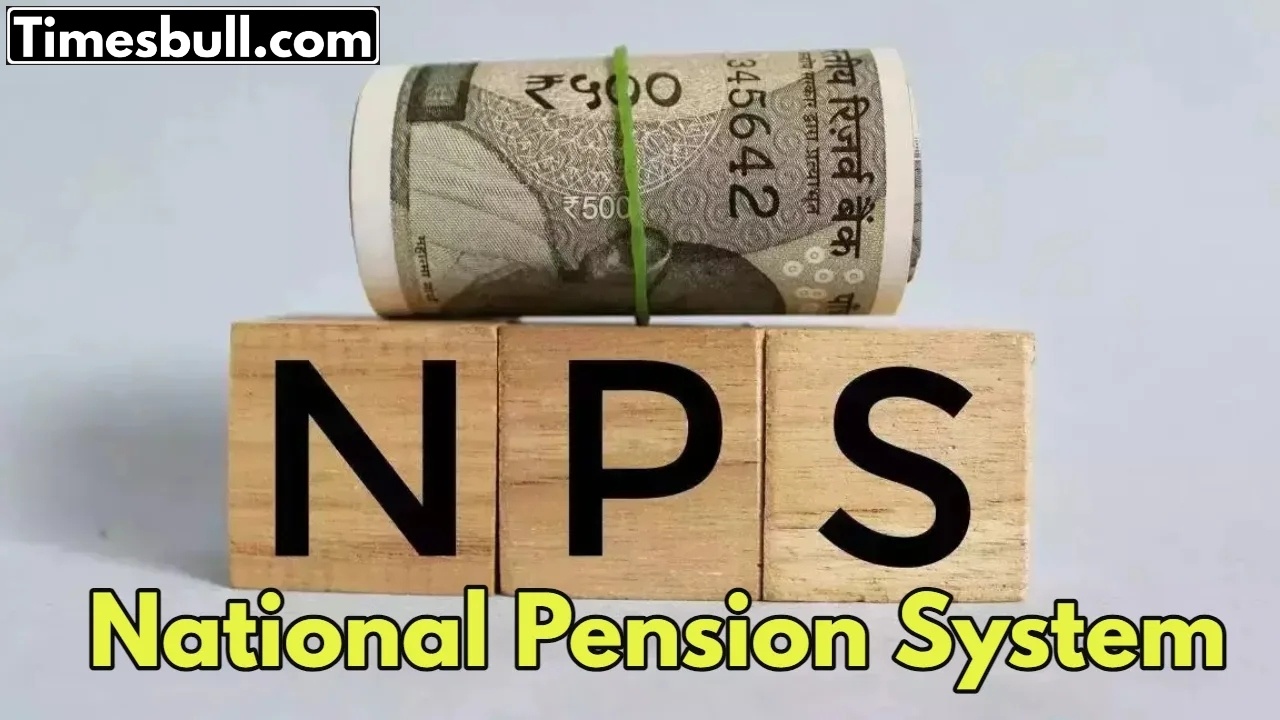
Government Equalizes Tax Benefits for Unified Pension Scheme
The Indian government has taken a significant step to ensure equitable treatment of central government employees by extending the same tax benefits available under the National Pension System (NPS) to the newly launched Unified Pension Scheme (UPS). This decision aims to level the playing field between the two schemes, offering a fairer retirement option for employees who opt for UPS. By aligning the tax incentives, the Finance Ministry has made UPS more attractive, particularly for those seeking a structured and secure pension plan. The move reflects a broader effort to provide transparent, flexible, and tax-friendly retirement options, addressing long-standing concerns about disparities in pension benefits.
Launch and Structure of the Unified Pension Scheme
Launched earlier this year as an alternative under the NPS framework, the Unified Pension Scheme (UPS) is designed for central government employees joining civil services from April 1, 2025. Existing employees under NPS are also eligible to transition to UPS, expanding its accessibility. The Pension Fund Regulatory and Development Authority (PFRDA) formalized the rules for UPS in March 2025, setting the stage for its implementation. This scheme introduces a fixed contribution model, with the government contributing 18.5% of the employee’s basic salary and dearness allowance (DA), while employees contribute 10%. The structure is intended to ensure a more predictable and secure pension compared to the market-linked NPS.
Equalizing Tax Advantages Across Pension Schemes
The recent announcement ensures that employees opting for UPS receive the same tax exemptions and incentives as those under NPS. This includes tax deductions on employee contributions and employer contributions, which are now extended to UPS participants. Under Section 80CCD(1), employees can claim tax exemption up to 10% of their salary (basic + DA), within the ₹1.5 lakh limit under Section 80CCE. Additional benefits, such as the ₹50,000 tax exemption under Section 80CCD(1B) and tax exemptions on employer contributions, are now applicable to UPS. The government’s decision to integrate UPS into the tax system underscores its commitment to fostering a more inclusive and financially secure retirement framework for central government employees.
Retirement Benefits and Withdrawal Rules
Employees under NPS enjoy specific tax advantages when withdrawing their pension. They can withdraw up to 25% of their contributions without paying taxes, and tax exemptions are available for annuity purchases post-retirement. However, income from annuities remains taxable. For those retiring at age 60, 60% of their pension amount withdrawn as a lump sum is tax-free under Section 10(12A). These rules now apply equally to UPS participants, ensuring consistency in retirement planning. The government’s alignment of UPS with NPS withdrawal benefits aims to simplify financial planning for employees, offering clarity and stability in their post-retirement income.
Eligibility and Impact on Central Government Employees
Approximately 23 lakh central government employees are now eligible to choose the Unified Pension Scheme, marking a major shift in pension policy. Employees joining government service after January 1, 2004, can opt for UPS once during their career, providing flexibility in retirement planning. The scheme’s structure, with fixed contributions from both the government and employees, contrasts with the market-linked NPS, offering a more predictable income stream. This change is expected to attract a significant number of employees, particularly those seeking stability over market volatility. By providing equal tax benefits and a structured pension model, UPS aims to enhance retirement security and reduce financial uncertainty for central government employees.




